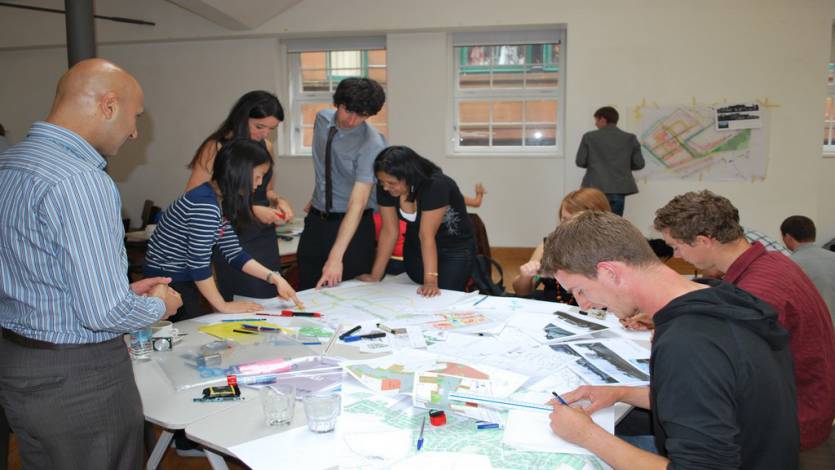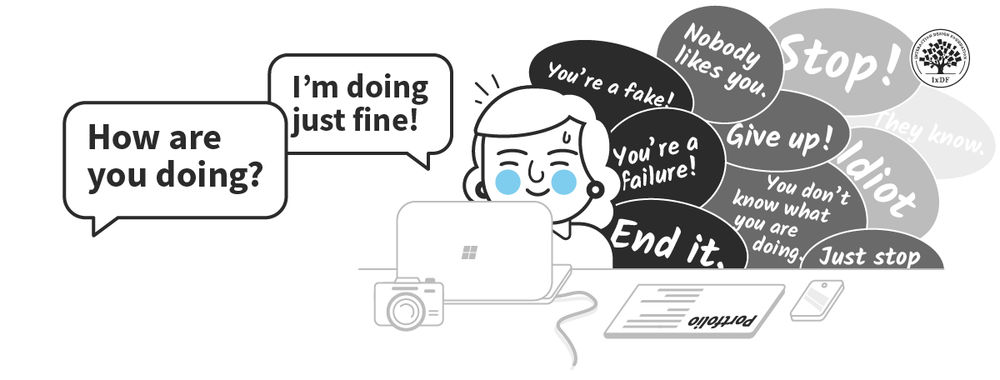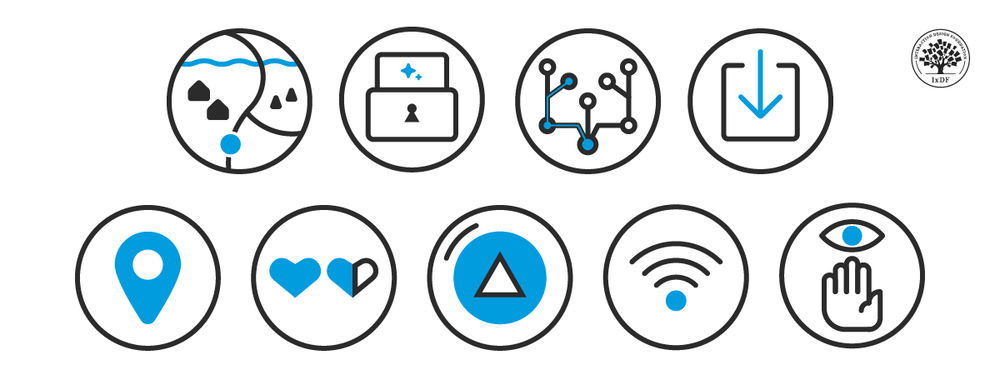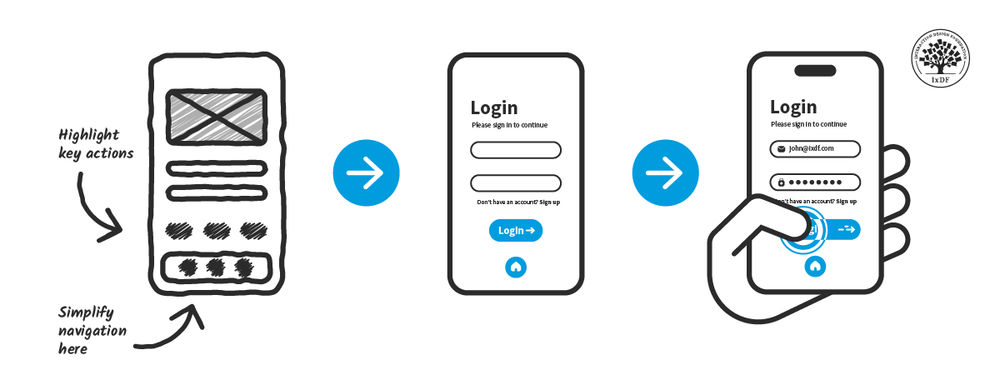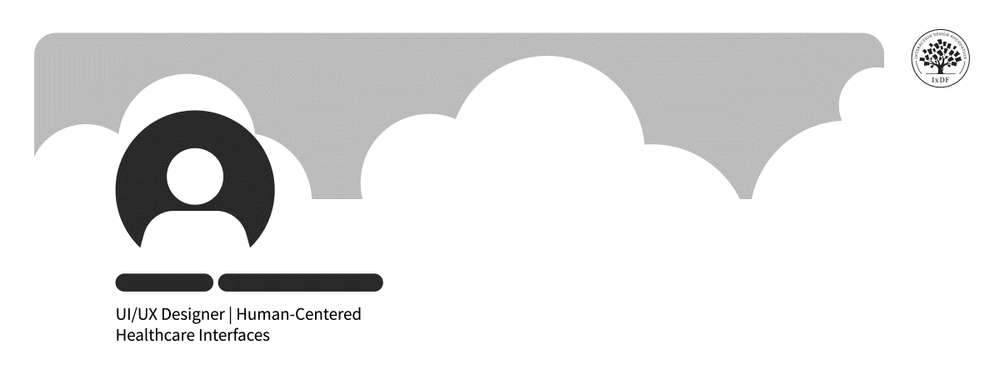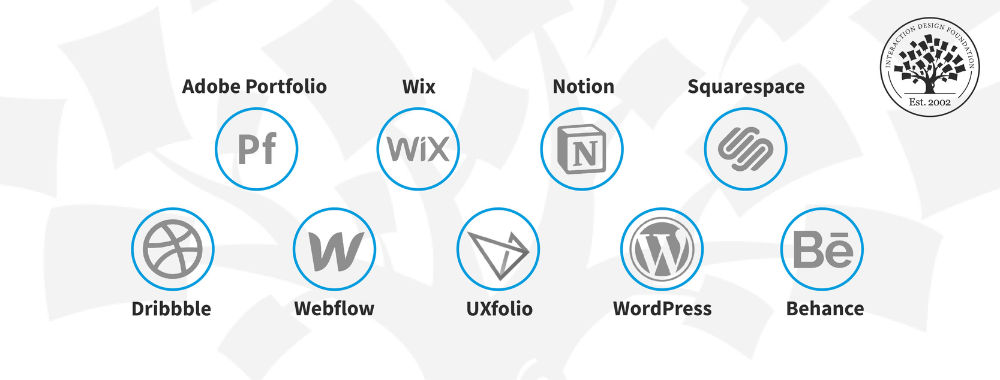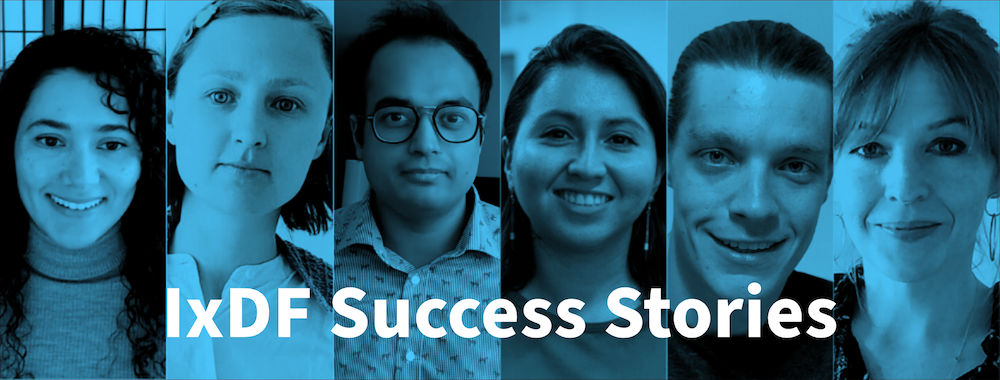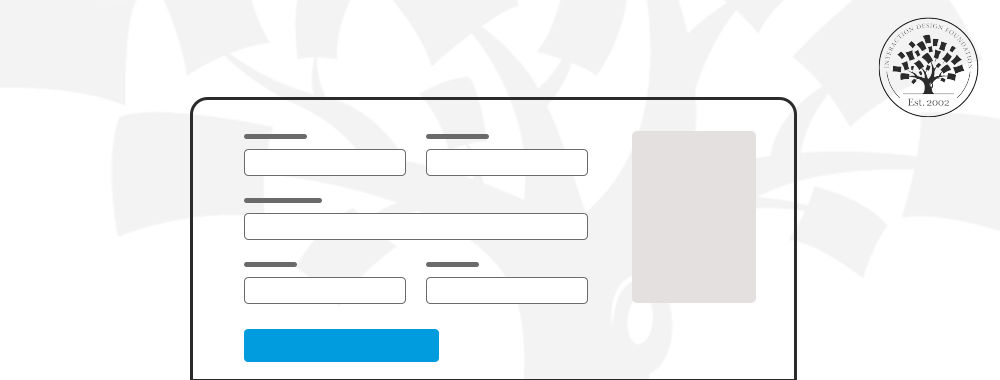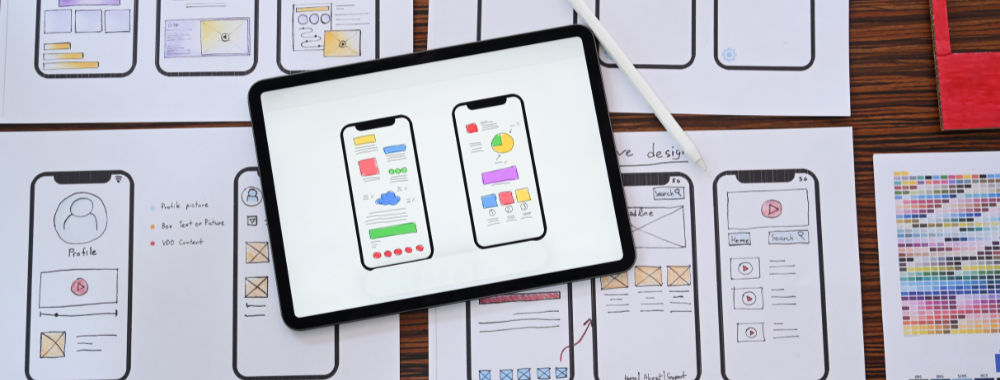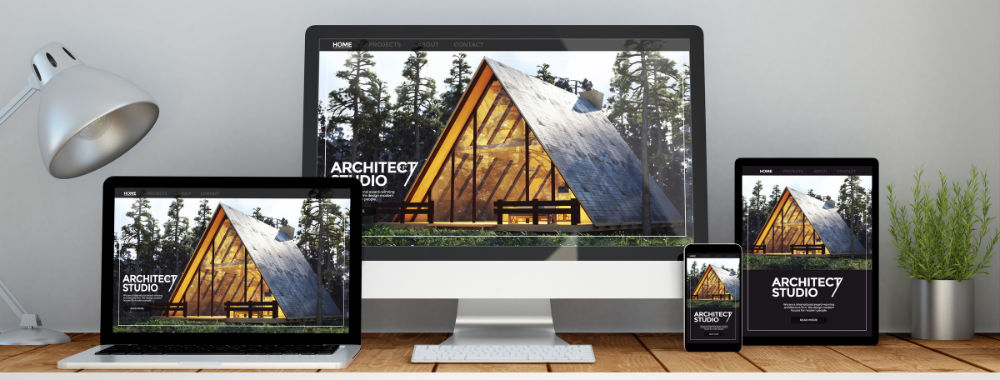The whole point of UX research is to get in touch with your users. One technique for doing so is the user workshop. You bring together a group of users (and possibly the client too) and get them to talk about their opinions, behaviours, feelings, etc.
It’s worth noting that user workshops are not ideal for basing your decision making processes on – they rely a little too much on people “telling you what they do” rather than “showing you what they do”. However, they can provide excellent insights that help you guide future research efforts.
In general, you use user workshops at the start of a project for ideas gathering. The good news is that user workshops aren’t particularly expensive to run so they can be incorporated into a UX research plan fairly easily.
So let’s take a look at how to run a great user workshop:
It All Starts with a Plan
Before you can even think about holding a user workshop you need to start to bottom out what you want to get from the workshop:
Which types of user do you want to speak to?
What data are you expecting to get from the workshop?
Which discussion topics are most likely to lead to the data you need and provide other valuable insights?
Then you want to:
Create Some Profiles of Potential Participants
How many participants do you need? What are the kinds of people you want represented in the group?
The more accurate a profile you have, the more likely it is that you will recruit useful participants. Make certain that you think about the numbers carefully too, half-a-dozen users might be perfect for a simple discussion forum but you might need a few more if you’re going to do something which involves a lot of additional exercises.
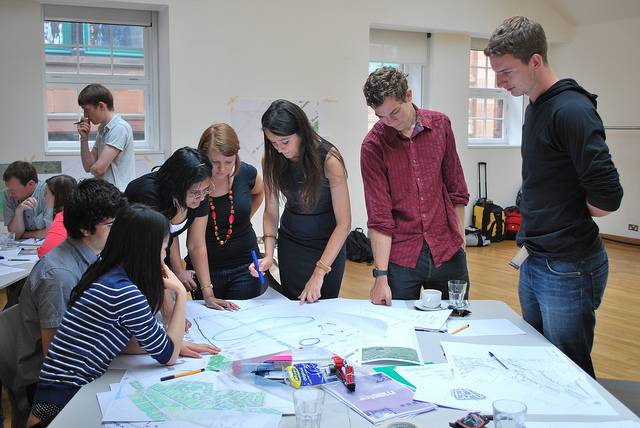
Author/Copyright holder: Scottish Government. Copyright terms and licence: CC BY-NC 2.0
Recruit the Participants
How you go about this is up to you but remember that recruiting users always takes more time than you hope it will. You can use an agency to speed up the process (at a cost) or reach out to your user base. Always make sure that you recruit slightly more bodies than you need, someone always fails to show up.
Make certain that the incentives you offer are sensible but enough to encourage participation. You don’t have to hand over huge sums of money but $5 probably won’t be enough and $500 is probably too much (people who don’t care a jot about the product will be happy to turn up for $500).
Brief Participants in Advance
You want the user workshop to focus on achieving your objectives and not on explaining to participants why they are there. Send a letter or an e-mail to each participant and explain what you will be doing, what they should be doing, how much time will be spent, and anything they need to do or prepare in advance. Then when they arrive… you can get straight down to business.
Find a Decent Venue
Venues should be easy to get to for the participants. Don’t choose somewhere 12 miles out of town and away from all public transport links.
Do choose somewhere that will comfortably hold all your participants and any activity sessions you want to run.
On the Day – Opening the Session
Many people will never have attended a user workshop before; it’s a good idea to hold a brief kick off speech at the start of the session to get them comfortable with what’s expected of them. Something like this should be fine:
“Welcome! Today, we’re going to be hold discussion based sessions about our product. We want you to speak up and share your insights and will encourage you to do so throughout the process. Don’t be afraid to put across your viewpoint, I am not the client and your feedback will be treated with total confidentiality. Don’t be afraid to tell us what you don’t like, it helps us help the client to build things you do like. And please remember, there are no daft ideas – say what’s on your mind, whenever you want to. Thank you for coming.”
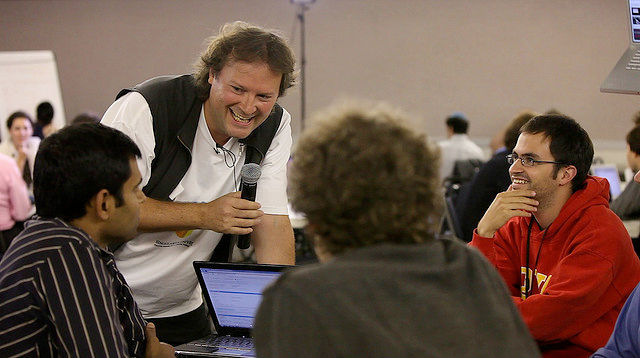
Author/Copyright holder: David Orban. Copyright terms and licence: CC BY 2.0
Get People Talking
Don’t present long speeches at your participants. You’ve got a whole bunch of users together – you want to hear from them, you can talk to yourself after they’ve gone home if you really need to deliver a speech.
The more active people are physically, the more likely they are to become involved intellectually too. Try not to keep everyone in their seats. Get some flipcharts or Post-It notes and get them stood up and scribbling ideas down. (This also helps to manage larger groups where you can’t listen to everybody at once anyway).
You shouldn’t use user workshops to drill deeply into any given issue (there are better research techniques for this) what you want is a wide array of useful feedback on many topics. Kill any subject that you feel has become exhausted and move on quickly.
Step in as a facilitator and close down, gently, any individual who is monopolizing the group’s time and draw out, also gently, those who are more reserved and encourage them to speak up too. It’s a group exercise and not an interview.
Don’t be afraid to wait for a response to a question. A little silence just means people are thinking – not that they are ignoring you.
Record the Proceedings
You’re going to miss a ton of useful data when you’re facilitating user workshops. The best way to overcome this is to video and record the session for repeated review later. If you can’t do this – then get an observer or two to come in and make notes in addition to your own. The extra bandwidth this gives will enable far more feedback from the same session.
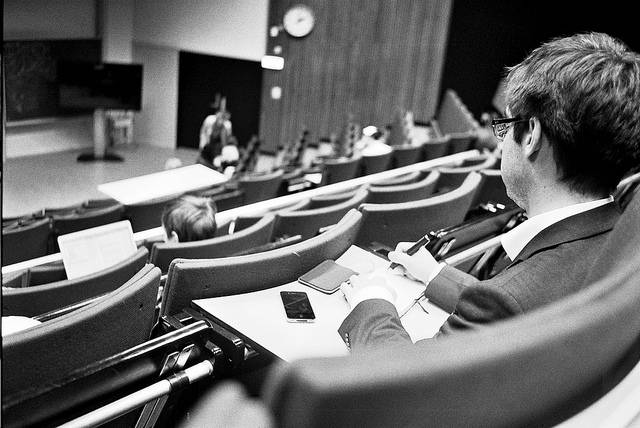
Author/Copyright holder: Ben Kraal. Copyright terms and licence: CC BY-NC-ND 2.0
After the User Workshop
It’s time to let people know what you’ve discovered. That means reporting on the workshop. Don’t write a huge 200 page report – no-one will read it. Instead highlight key observations and potential action that can be taken on these. If you videoed the session – use video highlights to support these observations.
Summary
Getting user workshops right, can take a little practice but the tips above should help you get started without too much hassle.
Header Image: Author/Copyright holder: Scottish Government. Copyright terms and licence: CC BY-NC 2.0
